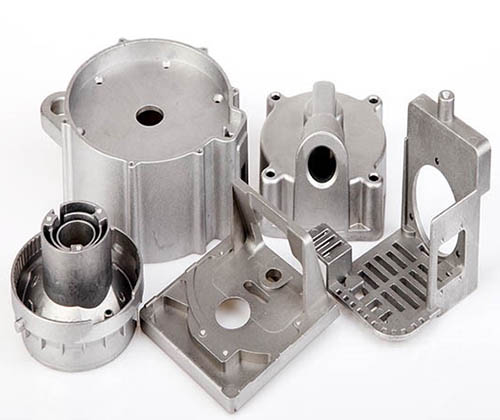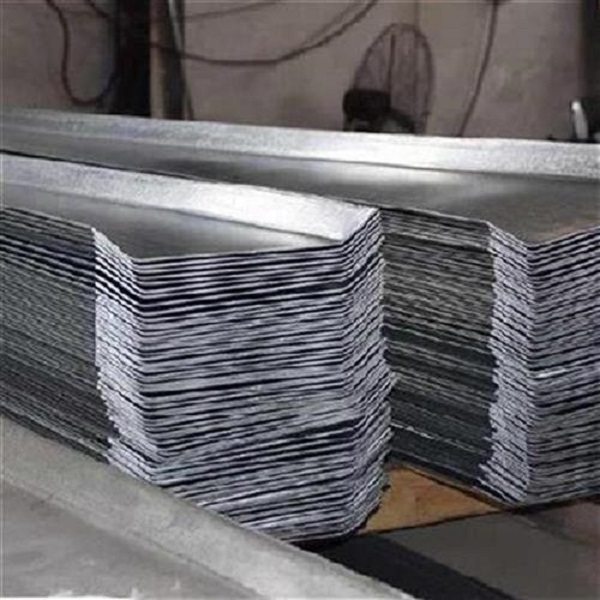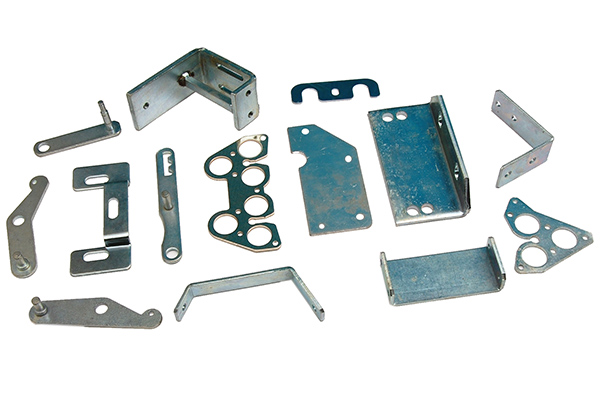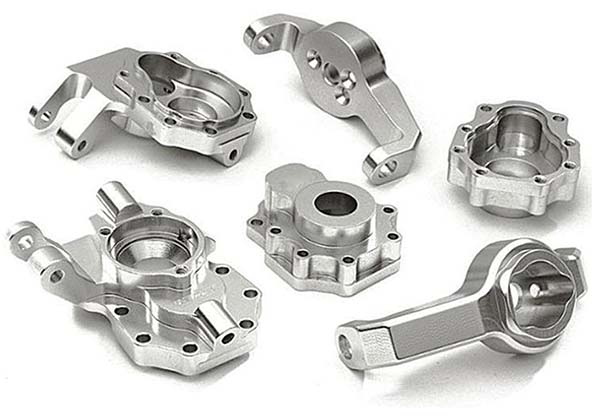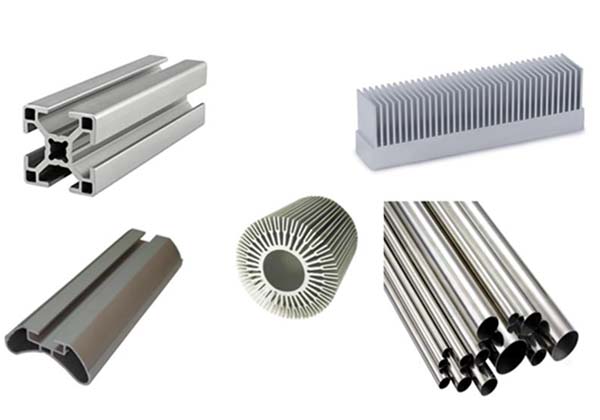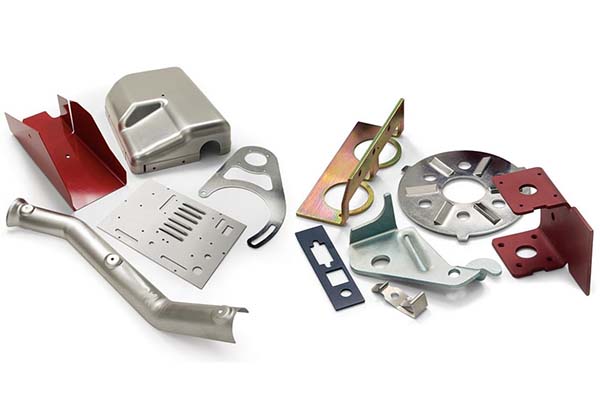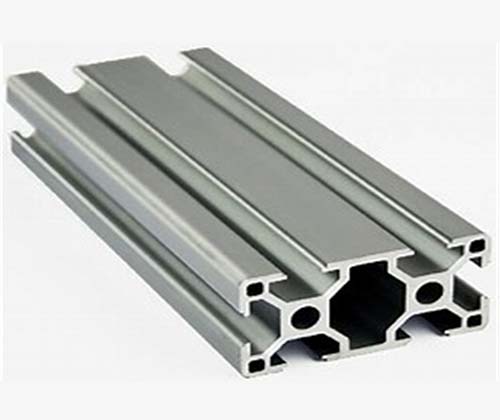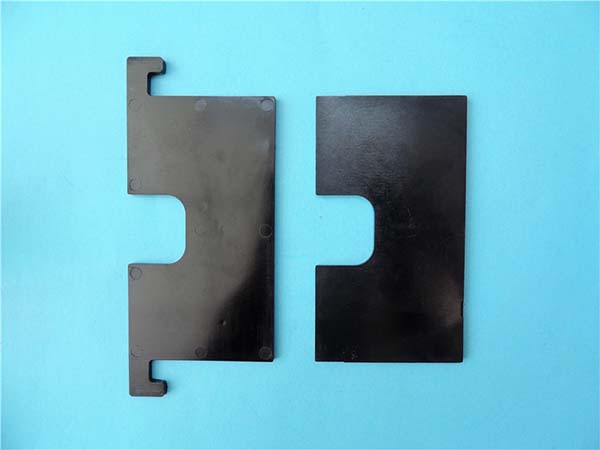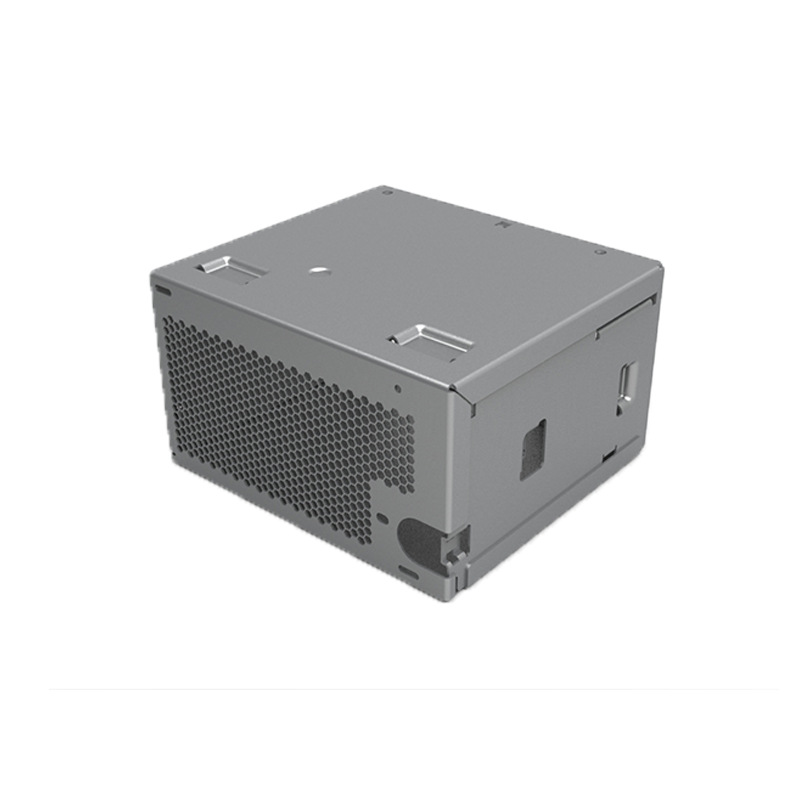Introduction
Engineers and manufacturers often find themselves in a bind when searching for a material that can handle both marine applications and demanding forming processes. Many alloys either lack the corrosion resistance to withstand saltwater or are too brittle for intricate bending and forming. Sheet Metal 5052 (Mg Alloy) solves this dilemma, standing out as a versatile aluminum alloy that balances strength, ductility, and exceptional resistance to corrosion. In this article, we’ll delve into its composition, manufacturing processes, surface treatments, and applications to show why it’s a top choice for industries from shipbuilding to automotive.
Material Composition and Properties of Sheet Metal 5052 (Mg Alloy)
Alloy Composition
- Key Elements: 5052 aluminum alloy is a magnesium - based aluminum alloy, often called a magnesium alloy due to its significant magnesium content (2.2 - 2.8%). It also contains 0.15 - 0.35% chromium, which enhances corrosion resistance and grain structure stability. Other elements are kept to a minimum: copper (max 0.1%), silicon (max 0.25%), iron (max 0.4%), and zinc (max 0.25%). This carefully balanced composition gives 5052 its unique set of properties, making it one of the most widely used non - heat - treatable aluminum alloys.
Mechanical and Physical Properties
- Strength, Ductility, and Lightweight: Sheet Metal 5052 (Mg Alloy) offers an impressive combination of strength and ductility. Its tensile strength ranges from 230 - 290 MPa, and it has a yield strength of 190 - 240 MPa, which is significantly higher than pure aluminum alloys like 1100. Yet, it retains excellent ductility with an elongation of 15 - 25%, allowing for easy bending, forming, and rolling into complex shapes such as boat parts and automotive panels. Being lightweight (density of 2.68 g/cm³), it’s ideal for applications where weight reduction is crucial, such as aerospace components and transportation parts.
- Corrosion Resistance and Other Properties: The corrosion resistance of 5052 is one of its standout features. Thanks to its magnesium and chromium content, it resists pitting and general corrosion, even in saltwater environments—making it perfect for marine applications and shipbuilding. It’s also non-magnetic, which is important for electrical components and aerospace parts where magnetic interference must be avoided. In terms of thermal and electrical properties, it has a thermal conductivity of 120 W/(m·K) and an electrical conductivity of 30% IACS, suitable for heat sinks in electronics and low - current electrical parts. Additionally, like all aluminum alloys, it boasts high recyclability, aligning with sustainable manufacturing practices.
Manufacturing Processes of Sheet Metal 5052 (Mg Alloy)
Forming and Shaping
- Rolling, Bending, and Forming: Rolling is the primary process for producing 5052 sheets, with thicknesses ranging from 0.2 mm to 10 mm. The alloy’s excellent ductility allows for cold rolling without excessive work hardening, though annealing (heating to 340 - 410°C) is used to restore softness after heavy cold working, ensuring consistent formability. Bending and forming are straightforward—even tight radii (1 × thickness) can be achieved without cracking, which is essential for architectural components and automotive trim. This workability makes it a favorite for custom parts that require complex shapes.
- Cutting, Machining, and Welding: Cutting methods like laser cutting and shearing produce clean edges, critical for electrical components and industrial machinery parts that need precise dimensions. CNC machining of 5052 is efficient, though it requires sharp tools to avoid gouging due to its higher strength compared to pure aluminum. Welding is possible using TIG or MIG welding techniques, and post-weld treatment (like brushing or passivation) helps maintain corrosion resistance. Unlike heat - treatable alloys, 5052 doesn’t benefit from heat treatment for strength; its properties are optimized through cold working and annealing.
Surface Treatment and Finishing of Sheet Metal 5052 (Mg Alloy)
Protective and Decorative Treatments
- Anodizing and Chemical Conversion Coating: Anodizing is a popular treatment for 5052, creating a thick oxide layer that enhances corrosion resistance and allows for dyeing. This is commonly used in architectural components and marine applications where both protection and aesthetics matter. Chemical conversion coating (such as chromate or non - chromate treatments) is applied to improve paint adhesion and add a thin protective layer, often used in automotive parts and electronics enclosures. These treatments don’t compromise the alloy’s ductility, so post - treatment forming remains possible.
- Polishing and Other Finishes: 5052 can be polished to a mirror finish for decorative applications like lighting fixtures and home appliances. A brushed finish is also popular, giving a sleek, matte look that hides fingerprints—ideal for kitchen appliances and automotive interiors. Powder coating and painting are used to add color and extra protection in harsh environments, though the alloy’s inherent corrosion resistance often makes these coatings optional for indoor use. Surface roughness can be controlled to 0.1 - 3 μm Ra, ensuring both functionality and visual appeal.
Applications of Sheet Metal 5052 (Mg Alloy)
Marine and Shipbuilding Applications
- Marine Applications and Boat Parts: Sheet Metal 5052 (Mg Alloy) is a staple in marine applications due to its corrosion resistance in saltwater. It’s used for boat parts like hulls, decks, and railings, as well as shipbuilding components such as bulkheads and storage lockers. For example, a boat’s fuel tank made from 5052 resists corrosion from saltwater and fuel, ensuring long - term reliability.
- Offshore Structures: Offshore oil rigs and wind turbines use 5052 for platforms, walkways, and equipment enclosures, where it withstands constant exposure to salt spray and harsh weather.
Automotive, Aerospace, and Other Industries
- Automotive and Transportation: The automotive industry values 5052 for its lightweight and strength. It’s used for fuel tanks, body panels, and trim parts, helping to reduce vehicle weight and improve fuel efficiency. Transportation applications also include truck beds and trailer sides, where its corrosion resistance stands up to road salts and moisture.
- Aerospace and Construction: In aerospace, 5052 is used for non - structural parts like ducting and interior panels, where weight and corrosion resistance are key. In construction, it’s used for architectural components such as roofing, cladding, and gutters, as it resists rain and humidity. It’s also found in food processing equipment and medical devices due to its easy cleanability and corrosion resistance.
Yigu Technology's Perspective
As a parts custom manufacturing supplier, Yigu Technology frequently turns to Sheet Metal 5052 (Mg Alloy) for projects that demand a balance of strength, ductility, and corrosion resistance. We utilize its excellent formability in laser cutting, CNC machining, and precision bending to produce parts for marine applications, automotive components, and architectural projects. Our expertise in anodizing and powder coating enhances its performance and aesthetics, ensuring our clients get durable, high - quality solutions that meet their specific needs.
FAQs
- How does 5052 aluminum compare to 304 stainless steel in terms of corrosion resistance?
- 5052 aluminum offers excellent corrosion resistance in saltwater and humid environments but is less resistant to strong acids than 304 stainless steel. It’s lighter and more formable than 304, making it better for applications where weight and workability are priorities.
- Can 5052 aluminum be heat - treated to increase strength?
- No, 5052 is a non - heat - treatable alloy. Its strength is enhanced through cold working (like rolling or drawing), and annealing is used to restore ductility when needed.
- Is 5052 aluminum suitable for food contact applications?
- Yes, 5052 meets food safety standards (such as FDA requirements) and is used in food processing equipment like conveyor belts and storage bins, thanks to its corrosion resistance and easy cleanability.
